Swimming in the same pool

Bowen Theory Overview - Part 1
Why can’t people say what they mean, mean what they say, and do what they promise to do? And quit with the meddling, bullying, gossiping, distancing, and walking on egg shells?
Why can’t your older sister mind her own business? And your employees do what you ask? And your best friend get his act together? And your boss just tell you what he really thinks instead of being so unclear?
We want people to behave rationally. Reasonably. Competently. Kindly.
But often they don’t.
And - if we’re honest - often we don’t either.
Despite our best intentions, we find ourselves tripping over our own feet and acting in ways that aren’t consistent with our values.
So how do we change that?
One thing is for sure. If we don’t have a way to understand it, other people’s behaviour will keep driving us crazy. And our own behaviour will be hard to change.
That’s where Bowen Family Systems Theory can help.
Bowen Family Systems Theory
Dr Murray Bowen was a psychiatrist who - in the 1950s and 60s - started working with patients diagnosed with schizophrenia. And he noticed something about human behaviour that no one had quite been able to put their finger on before.
So if we want to understand why people act the way they do - and if we want to change our own behaviour - we not only need to consider what happens inside individuals to shape their behaviour but also what happens between them and others.
Murray Bowen developed a theory that does exactly that.
The only problem is that it's a HUGE and COMPLEX theory. It’s got 8 big hairy core concepts that all intersect and I sometimes find it hard to keep it all in my head.
So, in these next few blogs, I’m going to break it down into something more Matt-sized. This isn't something I came up with myself - I'm stealing it from people smarter than me.
Here's the TL;DR
Bowen’s theory of human behaviour can be boiled down to three main parts.
1. One basic reality
2. Two key variables
3. Four common patterns of behaviour
This blog post will focus on Part 1.
1.One Basic Reality - The Emotional System
All social creatures are - by definition - influenced by the behaviour of other creatures in their group or community.
Have you ever marvelled at the way flocks of birds fly in such precise formations, wheeling left and right without any sign of communication? Can they read each others' minds? Are they guided by some pre-determined choreography? No. According to scientists, each bird is simply reacting to the birds closest to it. When it feels too close to them, it moves further away. When it feels too far away, it moves closer. It turns out that what looks like very complex and mysterious behaviour occurs quite simply as each bird instinctively reacts to the birds around it.
Murray Bowen noticed that the same kinds of dynamics are at play in groups of humans too. Human behaviour looks complex. We might struggle to understand why an individual acts the way they do. And yet, like a flock of birds, we are all influenced by those around us. Our relationships generate tensions and pressures. We react to other people. And they react to us!
This is the basic assumption underlying Bowen theory. And it helps explain why so much of human behaviour is hard to understand.
Bowen called these forces emotions.
Now, we often use the word emotions to speak about how we’re feeling - happy or sad, hopeful or frustrated, pleased or angry.
But Bowen used emotion to describe a more basic reality. A primal force that drives instinctive and automatic behaviour.
For Bowen emotion is more like an energy field which connects people together. And his theory is about the way we sense - and react to - shifts in that field.
So when...
- Our best friend anxiously seeks reassurance or direction or comfort
- Our colleague tries to tell you how to do your job
- Our brother is about to have a meltdown.
- Our partner needs some breathing space
...we feel a change in the air just like that shift in energy the moment before a big storm hits. We feel this change and we react to it. Perhaps pulling closer or pushing away. Perhaps snapping. Perhaps biting your tongue. And it all happens without us thinking. It's instinct.
So imagine we're all swimming in the same pool.

When the water is calm, we swim our laps - up and back and back and forth - going as far and as fast and as straight as we can, following those black lines on the bottom of the pool.
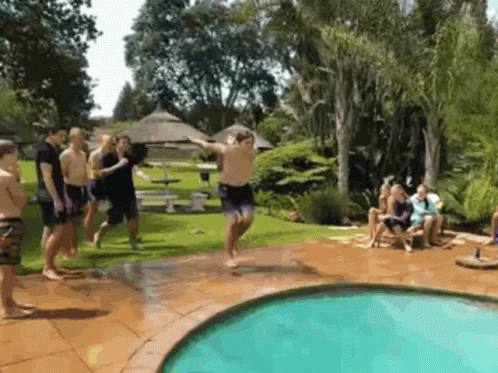
But when people start making waves - running, jumping, splashing, fighting and maybe even doing belly flops right beside us - we get caught up in their turbulence. And as we're pushed and pulled, it gets harder to stick to our course. We might drift into the lane ropes, bump into other swimmers, or stop swimming altogether.
This is why we often don't act as rationally, reasonably, competently or kindly as we would like. When we sense some kind of instability or turbulence in a relationship, our automatic threat-response kicks in and we react without thinking.
Togetherness and Individuality
So what generates these emotional waves, or tensions, in relationships?
Bowen observed that humans (like other social animals) are driven by two powerful forces that seem to pull in opposite directions.
On one hand, we are driven to be close to others. We depend on feeling close to others in order to stabilise ourselves, so we react instinctively to maintain a sense of harmony or balance in relationships that matter to us. Bowen called this drive to be "one” with others the togetherness force.
You might notice the togetherness force playing out:
- in your family when there is pressure for everyone to agree or get along
- in your workplace when employees value harmony and comfort over addressing problems or taking risks
- in social discourse where a public commentator predictably echoes the accepted viewpoints of their tribe and never deviates from the script
It’s not something we are usually conscious of. It’s not driven by our values or principles. It’s an instinctive behaviour driven by powerful life forces.
At the same time, we are all driven to be autonomous. To form our own opinions, hold our own values, exercise agency and act responsibility. Bowen calls this instinctive drive to be our own person the individuality force.
Both these forces are vital for human survival but they exist in a kind of tension. And so we’re always navigating this tension - trying to find a comfortable balance between togetherness and individuality.
Meanwhile, we’re bumping up against other people who are navigating this tension differently from us. And this generates more tension in our relationships!
Bowen’s protege, Michael Kerr, describes the dynamic like this:
“The chronic anxiety generated by the dilemma inherent in every relationship is basically a product of people’s neediness and their reactions to the neediness in others. The togetherness force propels people toward attachments to relieve anxiety and provide well-being, but the pressures and uncertainties of the relationship generate anxiety and decrease well-being.”
Imagine two people who are close to one another. Maybe they are part of the same family or colleagues working in a team.
At one point in time person A - we’ll call him Tom - might be pushing for more togetherness. He wants everyone on the same page. He expects people to be loyal and committed to one another more than anything else.
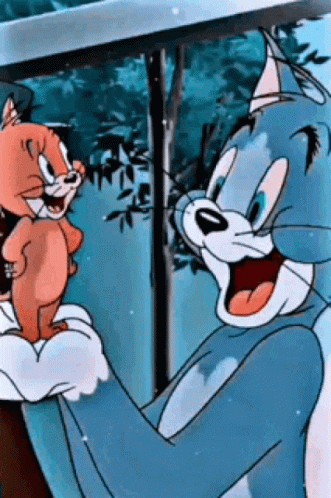
But person B - we’ll call him Jerry - is pushing for more individuality. Jerry has his own ideas - he wants things to change.

Can you imagine what happens next?
There’s a growing tension between Tom and Jerry - they both sense an instability in the balance of their relationship which they perceive a threat.
So what will happen next?
Maybe they’ll fight.
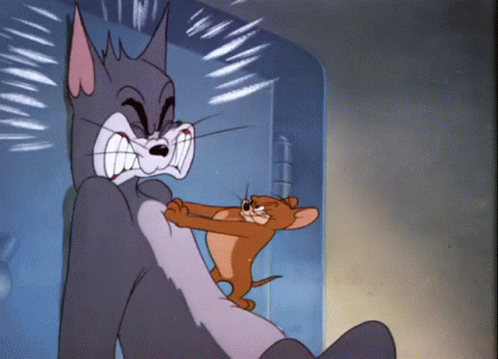
Maybe they’ll avoid each other.

Or maybe they’ll get a third person involved to help them diffuse the tension.
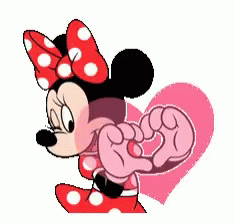
Imagine - Tom goes to Minnie and complains about Jerry:
“He’s not really a team player - he only cares about himself.”
Or Jerry goes to Minnie and complains about Tom:
“He’s so stuck in his ways - he’s always so controlling.”
Without realising it - as they try to diffuse the tension - they are spreading it across the wider group.
So what will happen next?
Maybe Minnie will jump in and take sides or try to keep the peace.
Or maybe she’ll start griping to Mickey about the trouble Tom and Jerry are “always causing”.
And then maybe Mickey will explode and put his foot down:
“Why can't everyone just shut up and get along!”
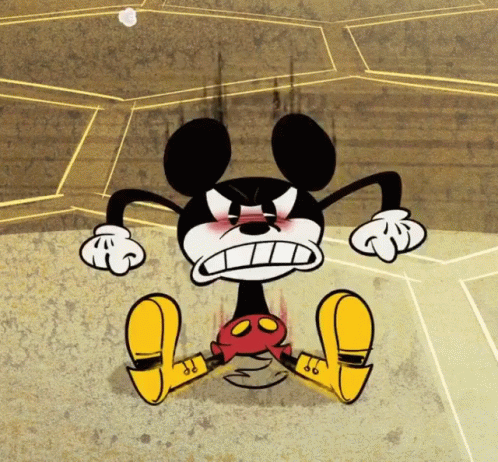
They are all trying to navigate the tension between togetherness and individuality forces in their own way. But everyone is reacting to everyone else.
According to Bowen, this is why we often act in ways that are inconsistent with our values and principles. It’s why we often show up in ways that fall short of our expectations and best intentions.
It’s because of this one basic reality.
That's part 1 in this summary of Bowen theory.
So...
What's this got you thinking about?
- When have you felt pressured to give up some of your individuality in order to fit in with the group?
- Can you think of a time in your family when you felt as if someone was pulling away from the group?
- Think of a time when someone else behaved in a way that seemed irrational, unreasonable, incompetent, or unkind. As you reflect back on that incident, what else was going on around them? In what way might their behaviour have been an instinctive reaction to the instability they were feeling? In what ways did their emotion affect the reactivity of everyone else?
- How do you tend to react when tensions rise and someone close to you starts reacting anxiously?
